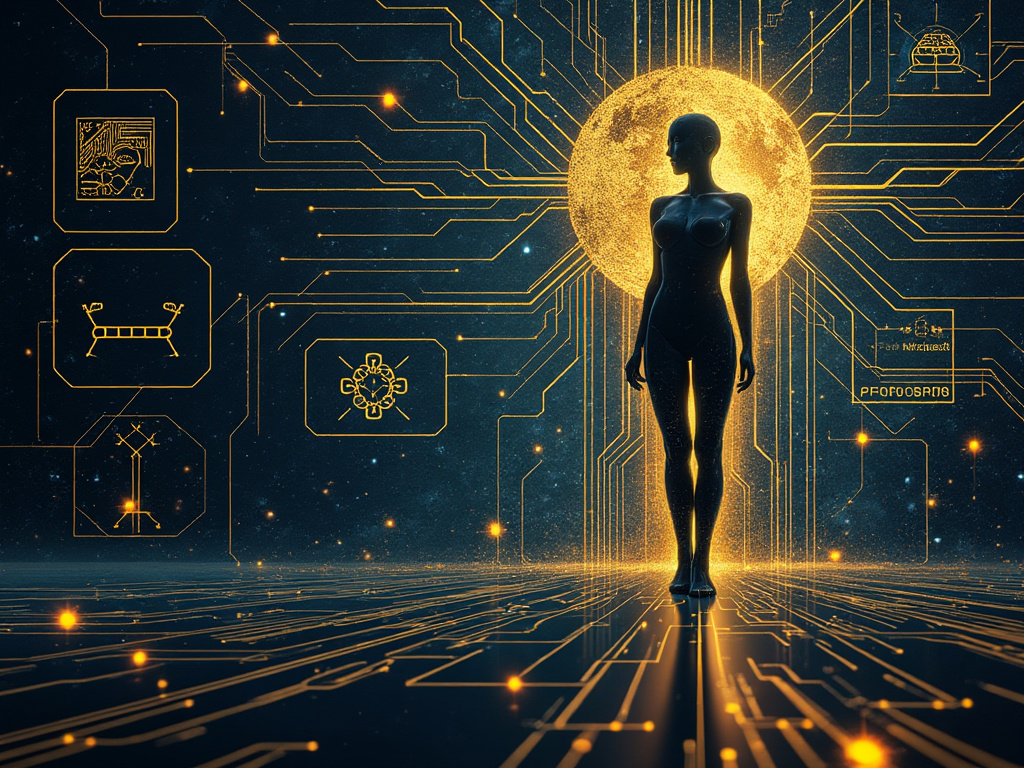2024 promises to be a watershed year for global democracy, with pivotal elections across Europe and beyond. However, this crucial exercise coincides with the rise of generative AI, a technology capable of producing vast amounts of content at high speed. This has ignited concerns about its potential misuse in spreading disinformation and manipulating voters.
Microsoft Steps Up
In response to these anxieties, Microsoft has unveiled a significant expansion of its Content Integrity tools. Previously in private preview, these tools are now being made available to political parties, campaigns, and news organizations worldwide, with a particular focus on the upcoming European elections.
Empowering Voters with Content Credentials
The core function of these tools lies in empowering users with greater transparency. Organizations can now attach secure “Content Credentials” to their original media. These credentials act as digital passports, revealing crucial details such as the content’s creator, origin, date of creation, and any AI involvement. Additionally, they can track any edits or alterations made to the media since its inception. By supporting the widely adopted Content Credentials standard, Microsoft aims to foster a more interoperable online environment where trust can be established.
This initiative represents a critical step towards safeguarding democratic processes in the digital age. By equipping voters with the ability to discern the authenticity of online content, Microsoft empowers them to make informed decisions and navigate the complexities of the information landscape.
A Deep Dive into Microsoft’s Content Integrity Tools
Microsoft’s Content Integrity tools function as a multifaceted shield against disinformation, empowering users to navigate the complexities of online content. Here’s a breakdown of its core components:
- Credentialing Authority: A user-friendly web application allows authorized entities like political campaigns, news organizations, and election officials to seamlessly attach “Content Credentials” to their original media. These credentials act as digital birth certificates, verifying the content’s origin, creator, and date of creation. Additionally, they can flag any AI involvement and track edits, ensuring transparency throughout its lifecycle.
- Mobile Authentication on the Go: Developed in collaboration with Truepic, a private mobile application empowers users to capture secure and authenticated photos, videos, and audio directly from their smartphones. This allows for real-time credentialing of content at the source, further bolstering its veracity.
- A Beacon of Transparency: A publicly accessible website functions as a central hub for fact-checkers and the general public. Users can submit images, audio, and video files to verify the presence of Content Credentials, enabling them to discern genuine content from potential manipulations.
Strengths and Limitations of the Content Credentials Standard
While the Content Credentials standard offers a robust method for media authentication and provenance tracking, it’s not without limitations. Critics have raised concerns about the relative ease of removing metadata from content, potentially compromising its authenticity. Furthermore, the ongoing challenge of reliably detecting AI-generated text underscores the need for continuous development in this area.
Microsoft’s Holistic Election Security Approach
Microsoft acknowledges that the Content Integrity tools represent just one facet of a comprehensive strategy to combat deceptive media in elections. The company positions them as part of a broader defense network against the misuse of AI-generated content.
Here’s a glimpse into Microsoft’s multi-pronged approach:
- Collective Action through Tech Accord: Earlier this year, Microsoft joined forces with 20 other companies to establish the Tech Accord to Combat Deceptive Use of AI. This collaborative effort aims to address the manipulation of video, audio, and images used to alter the appearance, voice, or actions of political candidates and election officials.
- Empowering Political Parties: Microsoft extends a helping hand to global political parties by providing support and training to navigate the challenges posed by AI in elections. This equips them with the knowledge and tools needed to safeguard their campaigns from manipulation attempts.
- Cybersecurity Shield: Recognizing the threat of cyberattacks targeting elections, Microsoft offers cybersecurity assistance through its Campaign Success team and AccountGuard program. These initiatives provide essential protection against potential nation-state cyberattacks, further bolstering the integrity of the electoral process.
Safeguarding Elections in the Age of Generative AI with Microsoft’s Content Integrity Tools
With a global election year upon us, Microsoft’s expanded Content Integrity tools mark a pivotal step in fortifying the integrity of democratic processes. These tools empower crucial players – political parties, campaigns, and news organizations – to authenticate their media and educate voters about the origin of online content. This fosters a more transparent information ecosystem, bolstering public trust in the democratic process.
However, recognizing the full scope of the challenge is paramount. Content Integrity tools are just one weapon in the multi-faceted arsenal needed to combat the potential misuse of generative AI in elections. The ease of metadata removal and the ongoing struggle to reliably detect AI-generated text highlight areas requiring continued research, collaboration, and vigilance.
Microsoft’s commitment transcends its Content Integrity tools. Initiatives like the Tech Accord, support for political parties, and cybersecurity assistance demonstrate a comprehensive approach to election security. This recognition of the multi-faceted threat landscape is crucial.
As technological frontiers expand and the threat landscape evolves, a united front is essential. Industry leaders, policymakers, and civil society must collaboratively develop and implement robust strategies. Only through this collective effort can we safeguard the sanctity of democratic processes in the digital age.




